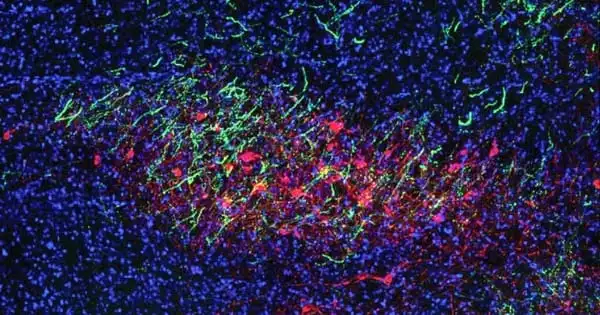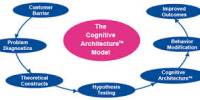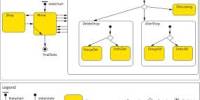A communication disorder is any disorder that impairs an individual’s ability to comprehend, detect, or apply language and speech in order to effectively engage in dialogue with others. Communication disorders are a group of neurodevelopmental conditions characterized by persistent difficulties with language and speech. Delays and disorders can range from simple sound substitution to being unable to understand or use one’s native language. They are most common in children, but they can last into adulthood.
Causes
Hearing loss, neurological disorders, brain injury, vocal cord injury, autism, intellectual disability, drug abuse, physical impairments such as cleft lip or palate, emotional or psychiatric disorders, and developmental disorders are some of the causes of communication problems. The DSM-5 distinguishes between distinct medical and neurological conditions and communication disorders.
Diagnosis
The disorders and tendencies included and excluded from the category of communication disorders may differ depending on the source. For example, the American Speech-Language-Hearing Association’s definitions differ from those of the Diagnostic and Statistical Manual 4th edition (DSM-IV).
According to Gleanson (2001), a communication disorder is a speech and language disorder that refers to issues with communication and related areas such as oral motor function. Delays and disorders can range from simple sound substitution to being unable to understand or use one’s native language. Communication disorders, in general, are problems with speech (comprehension and/or expression) that significantly impair an individual’s achievement and/or quality of life. Knowing the operational definition of the agency performing the assessment or providing the diagnosis can be beneficial.
Persons who speak more than one language or are considered to have an accent in their location of residence do not have a speech disorder if they are speaking in a manner consistent with their home environment or that is a blending of their home and foreign environment.
Treatment
The best way to treat a communication disorder is to start early.
Parents should be aware of when their child should reach each developmental milestone. Because the brain develops and matures rapidly during the first three years of life, it is thought that the first three years of life are especially important for the development of speech and language skills. A baby typically babbles in a manner resembling speech by 4 to 6 months, using a variety of sounds and responding to changes in voice tone. It is normal for a child to understand some simple words for items, communicate with physical gestures, and use one or two words after one year. From ages 1 to 2 and beyond, children regularly pick up new words and begin to use multiple words together.
If a parent has concerns about their child’s speech or language development, they should talk to their family doctor, who may refer them to a speech-language pathologist trained to treat communication disorders. Treatment may involve interactive, communication-based activities for parent and child and, potentially, group or individual therapy.
















